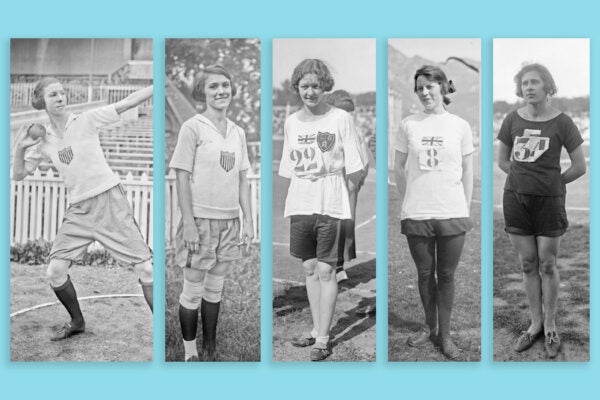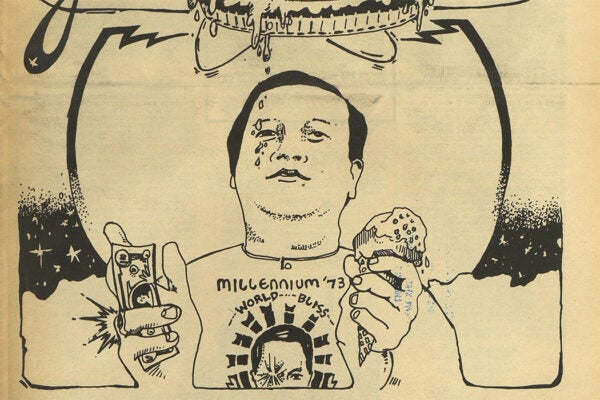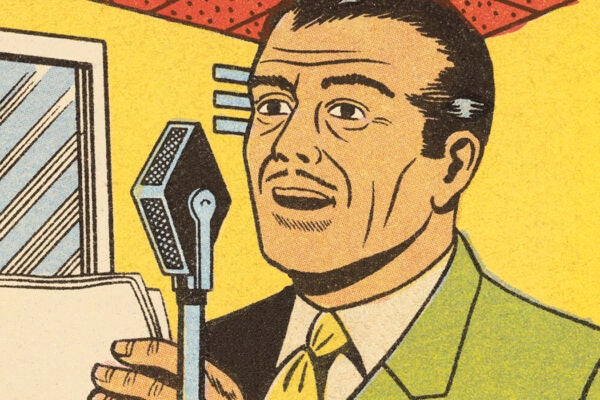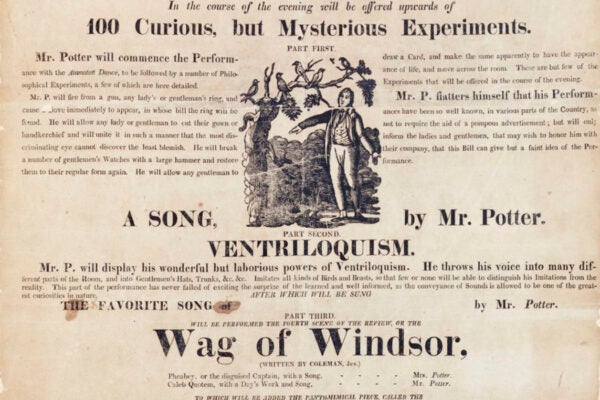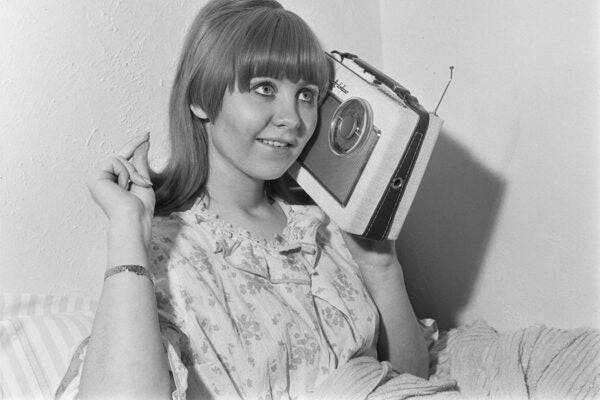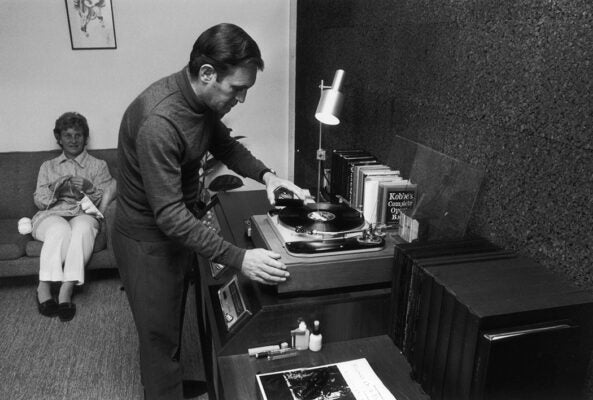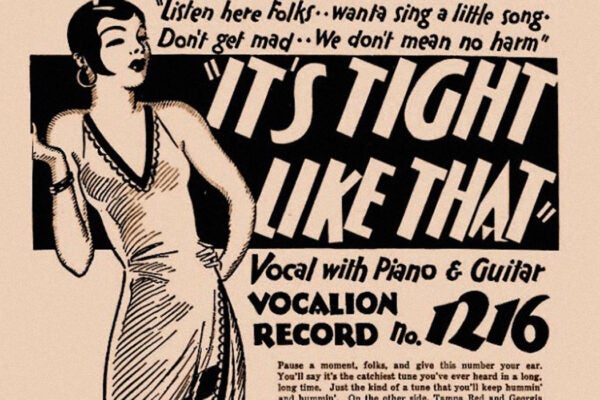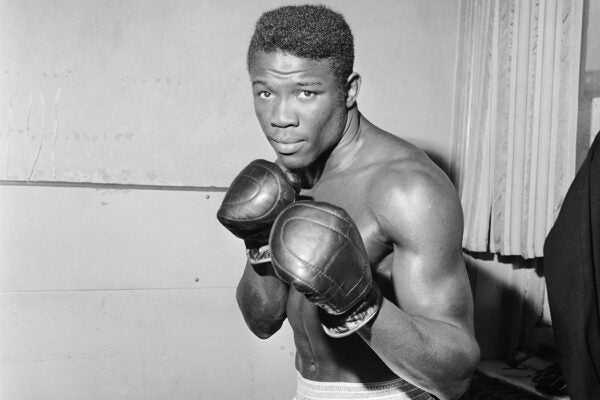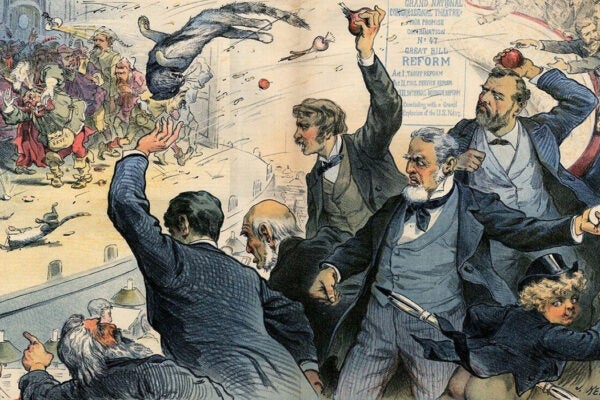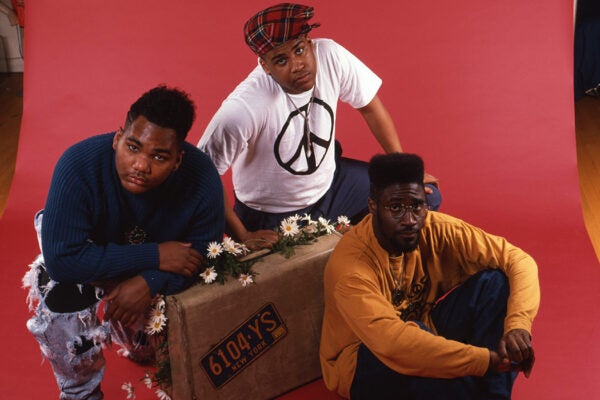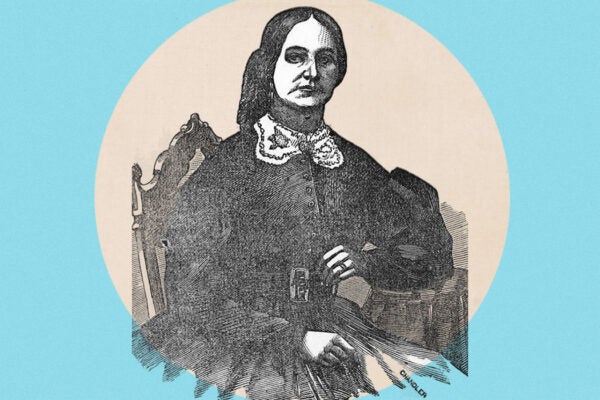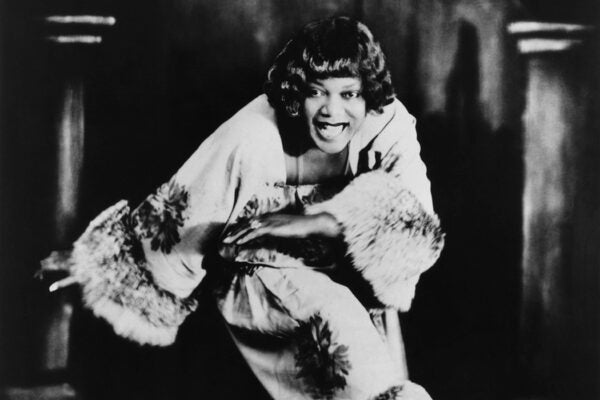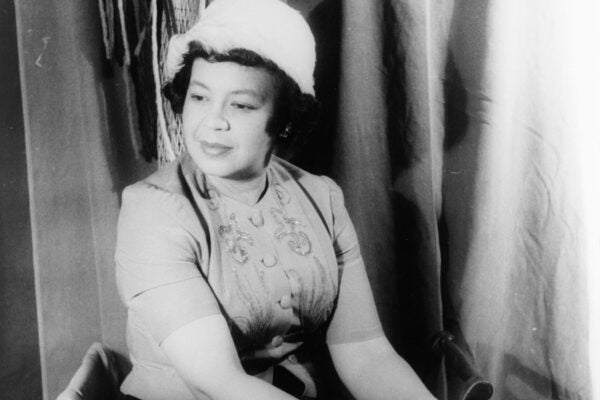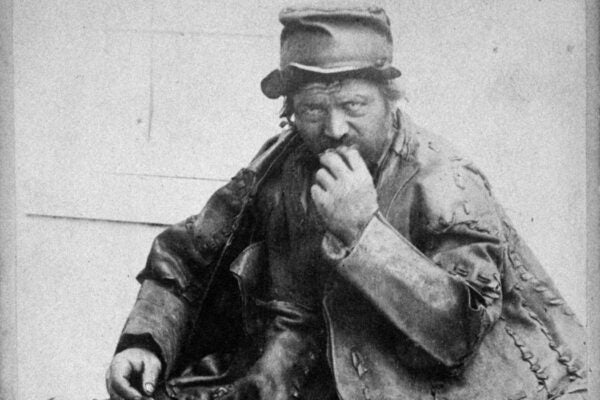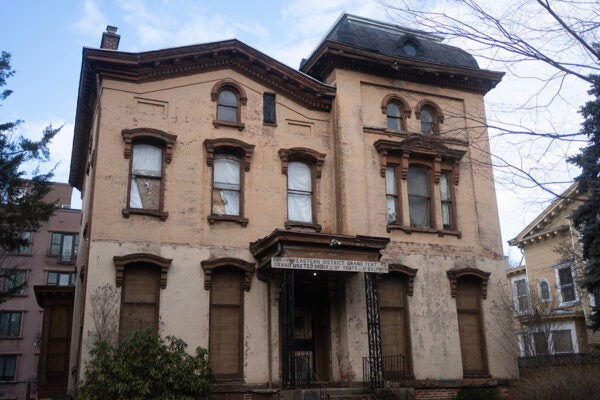How a Paris Meet Changed Women’s Track and Field
In the early twentieth century, women were discouraged from competing in track and field. The First International Track Meet for Women helped change that.
The Concert That Promised a Thousand Years of Peace
Guru Maharaj Ji, the teenage leader of the Divine Light Mission, was poised to usher in a new era. His huge Houston gathering proved to do anything but.
How the Black Press Helped Integrate Baseball
In the 1930s and ’40s, Black newspapers like the Pittsburgh Courier used their platform to help break the sport’s color line.
Shine On You Eagle Diamond
The year 1893 was a big one for Eagle, Wisconsin. Workers found a huge diamond on the Devereaux farm: sixteen carats, uncut, and now, all these years later, missing.
America’s First Ventriloquist
Richard Potter, the first American-born ventriloquist and stage magician, learned his trade after being kidnapped and abandoned as a child in Great Britain.
Music Only for a Woman: The Birth of Easy Listening
A 1970s radio format geared towards the "feminine psyche" featured musical rearrangements with softer and gentler styles of the day's hits.
Making Music Male
How did record collecting and stereophile culture come to exclude women as consumers and experts?
“It’s Tight Like That”
A "dirty" song recorded by Georgia Tom and Tampa Red in 1928 launched the "hokum" blues.
Kwame Brathwaite Showed the World that Black is Beautiful
Photographing everyone from musicians to athletes to the person on the street, Brathwaite found the beauty in Blackness and shared it with the world.
The Debtor’s Blues: Music and Forced Labor
Debt peonage is often associated with agricultural labor, but in the early twentieth century, Black musicians found themselves trapped in its exploitative cycle.
Masculinity, Boxing, and the “Wild Brawl” That Changed the Sport
Bennie “Kid” Paret and Emile Griffith were both ready to fight, but it was unlikely either boxer was prepared for the outcome of their final bout.
From DiscoVision to SelectaVision
While these videodisc formats ultimately failed, they signaled that consumers were hungry for control of their home viewing.
Riot! At the Theater
One audience demanded more censorship, another less. Both challenged the reach of anti-obscenity laws in the early twentieth century.
Was the Conspiracy That Gripped New York in 1741 Real?
Rumors that enslaved Black New Yorkers were planning a revolt spread across Manhattan even more quickly than fires for which they were being blamed.
Whiskey, Women, and Work
Prohibition—and its newly created underground economy—changed the way women lived, worked, and socialized.
How to Fight Like a Girl
Women have been punching each other in the face (during boxing matches) since the early 1700s.
Musicians Fought the Law, and the Law Won—Sometimes
De La Soul are known for the effect their use of samples had on their music sales and availability on streaming sites. They’re finally streaming. Why now?
Money, Murder, and Mrs. Clem
Nancy Clem was a Gilded Age con artist whose swindles eventually turned deadly. Her crimes would test the era’s assumptions about class, gender, and criminality.
The Ballad of Railroad Bill
The story of Morris Slater, aka Railroad Bill, prompts us to ask how the legend of the "American outlaw" changes when race is involved.
The Flood Behind Bessie Smith’s “Back-Water Blues”
The Mississippi River flood that Smith allegedly memorialized happened weeks after she'd written and released her song. Where was the real “Back Water”?
Keeping Scores: Unearthing the Works of Black Women Composers
Black women composers have been active in the US since at least the mid-nineteenth century, yet they’re largely omitted from scholarship on women musicians.
The Legend of the Leatherman
From 1857 to 1889, he could be found walking a 365-mile loop in western Connecticut and eastern New York. Everybody recognized him, but no one knew his name.
Secret Societies and the Fight for Black Freedom
Dating to the pre-Revolutionary era, mutual aid and benevolent societies supported Black Americans and the fight for civil rights and justice.

